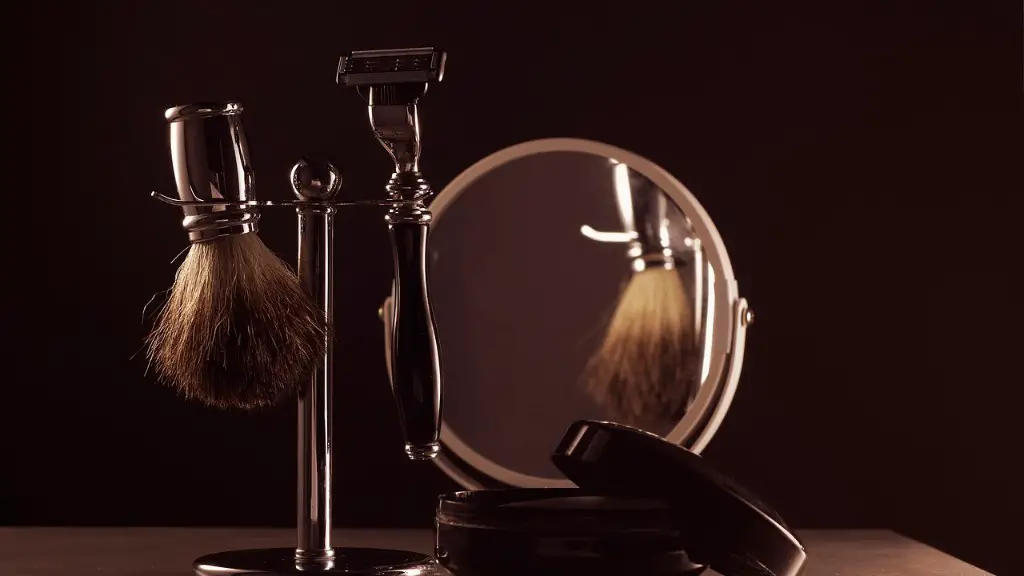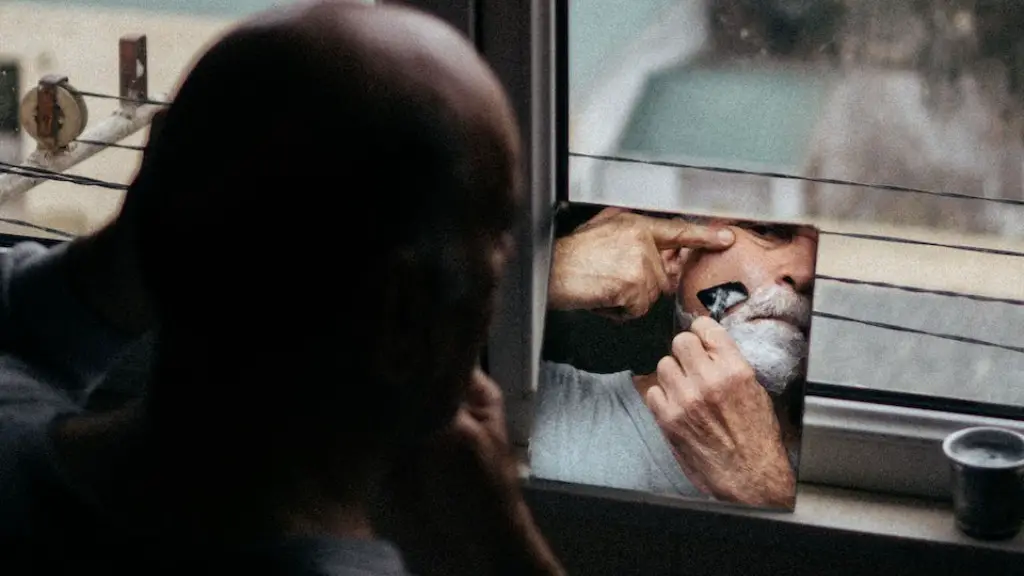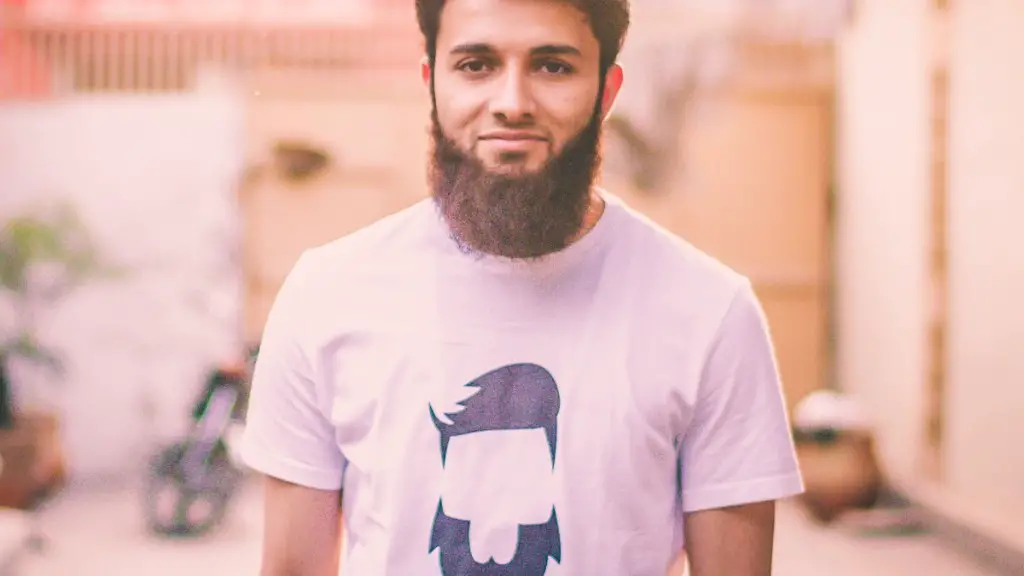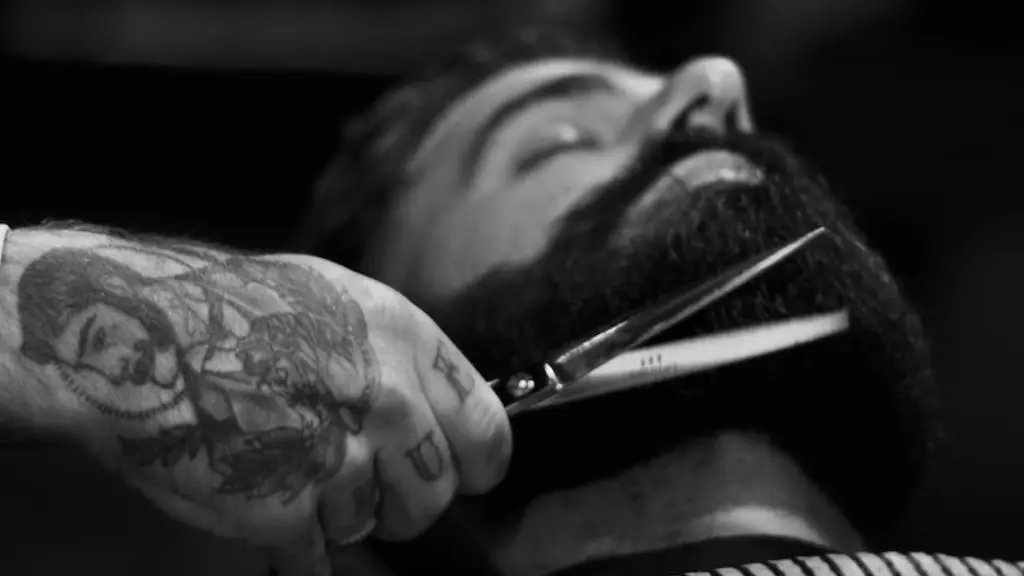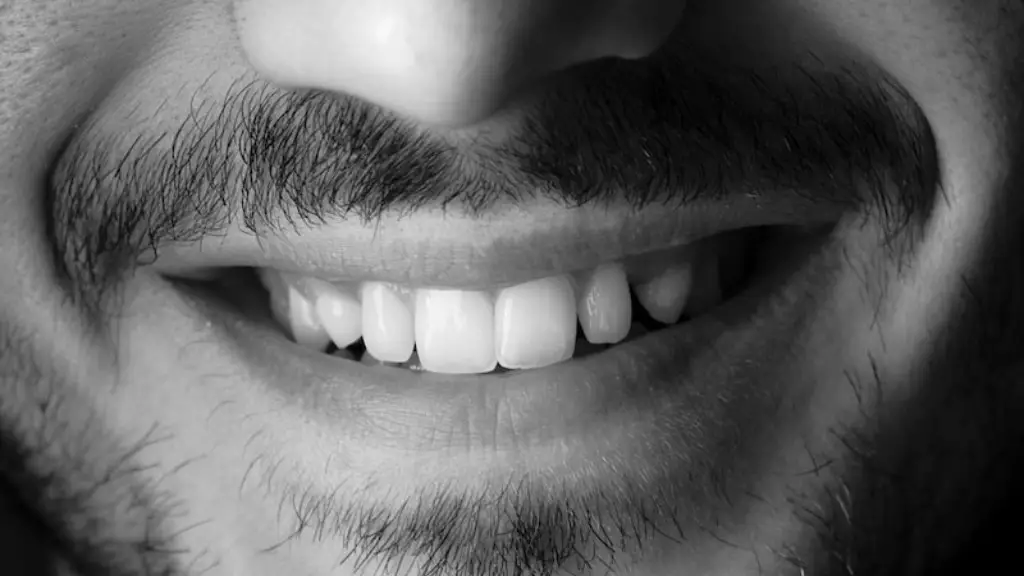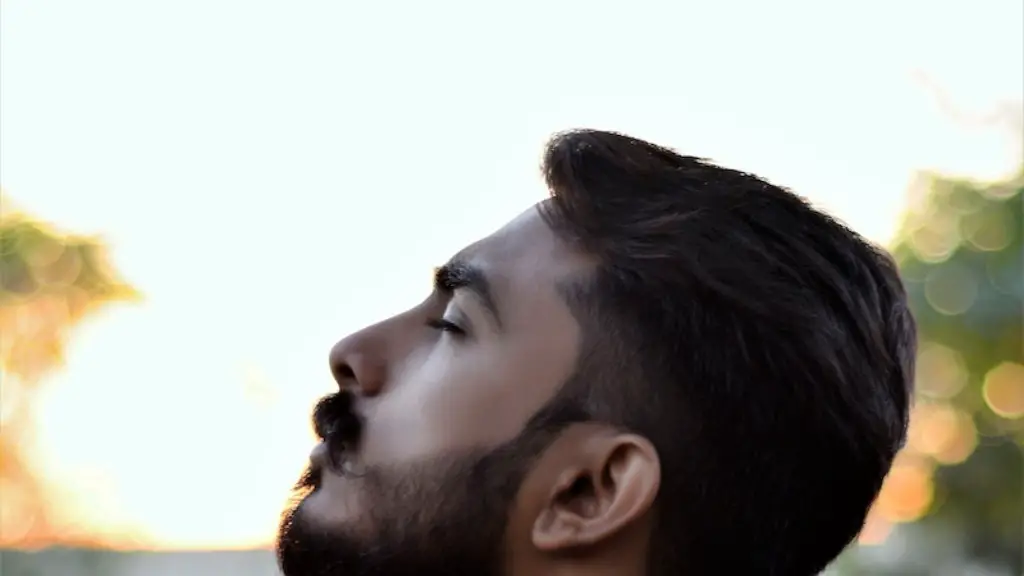Social Constructs
From the Bronze Age to the present day, facial hair has been associated with masculinity in many cultures around the world. Notably, the emergence of a beard on adolescent boys is one of the physical changes that marks them as men. It is not surprising, then, that many cultures today associate a beard with not only physical strength and maturity, but with concepts of wisdom, courage, and virility. Thus, the notion that a beard makes a man more attractive is deeply entrenched in our social constructs.
A study conducted at Northumbria University in 2010 lends some credence to this notion, as it found that women perceived men with facial hair to be more attractive than those without. Specifically, the majority of the 8,500 women surveyed found the ‘full-beard’ style to be the most attractive. The study suggested that the full beard symbolised physical and social maturity, and that men sporting this style were perceived as being more masculine, dominant, and better able to provide protection for their families.
In other research conducted in 2018 at the University of Southern Queensland, male participants who wore a ‘short beard’ were deemed more attractive than both those with a full-beard and those without any facial hair. It was hypothesised that the short beard had the effect of helping women to identify men who both looked more mature and had good grooming habits. Furthermore, the study noted that women may have perceived the ‘short beard’ style to be the product of more efficient grooming, since it involves less effort than a full-beard.
Environmental Factors
Contrary to the evidence presented by the Northumbria and Southern Queensland studies, not all research has found a beard to be attractive in all circles. For instance, other studies have found that the attractiveness of facial hair changes depending of social contexts and the environment. In other words, a beard may be attractive in one context but not in another.
For example, a 2011 study conducted in the UK found that the full-beard style was perceived as attractive in natural settings and rural areas, such the countryside and hiking trails. Conversely, when women were asked to judge men sporting a full-beard from photographs taken at more urban locations, such as bars and nightclubs, they deemed the full-beard to be less attractive than the shorter styles.
More recently, a 2020 study confirmed this finding, noting that women judged men to be more attractive in more natural settings, with a full-beard style being considered more attractive in these contexts, as opposed to more urban environments.
Data Analysis & Moral Compromises
In terms of global shifts in attitudes towards the acceptability and attractiveness of facial hair, there appears to be a trend towards greater acceptance of both natural and well-groomed styles. For example, according to data compiled from 2019 by the Global Barbershop report, 40% of men are now clean-shaven as opposed to 50% in 2003. Moreover, a 2018 survey conducted by shaving giant Gillette found that 35% of men who previously opted to remain clean-shaven donning a beard at least once a week.
Nevertheless, while more professionals, fathers, and millennials are now sporting a maintained and styled look, some note that this growing trend also has its drawbacks. Writing in The Guardian in 2018, journalist Arwa Mahdawi argued that this increased acceptance of beards for men is enslaving them to another form of rigid beauty standards, which is just a different type of male ‘grooming prison’ from the one imposed by ‘metrosexuals’ of the early 2000s.
Media Representation
Similarly, a debate has arisen over the possible misrepresentation of men with facial hair in the media. Since the mid 2010s, representations of men with beards in marketing and TV commercials has soared, inevitably influencing the perception of facial hair among men and women. Consequently, there is an increasing pressure on men to conform to facial hair trends, and to keep clean-shaven looks just to keep up.
Nevertheless, rather than being driven by the desire to be deemed attractive, many men opt to wear facial hair as an expression of their individualism and desire to feel different. In other words, it is less about looking attractive in the conventional sense, than it is about creating a different look and stepping away from the status quo.
The fact that many men wish to stand out and express themselves in different ways through their facial hair is evidenced by the increase in the variety of styles being worn today. These range from designer stubble to Van Dykes, no the first moustache, soul patches, or even a full beard.
Public Perception
What is certain is that in recent years, a significant change seems to be occurring in the public opinion about facial hair. More women are now finding facial hair attractive in certain contexts, as reflected in the research cited above. Furthermore, an increasing number of men are turning to facial hair to express their individualism and create different looks.
When all is said and done, the question ‘Does a beard make a man more attractive’ is likely to remain a matter of personal preference, with aesthetics being subjective. Consequently, rather than trying to measure the attractiveness of facial hair across the board, it is more important to focus our efforts on challenging the stereotypes and restrictive concepts of conventional beauty.
Beard Styles & Care
When discussing facial hair, it is also important to note that styling and grooming habits can have an impact on the way a beard is perceived. In other words, a beard can only look as good as its owner takes care of it. Consequently, to ensure a beard looks good, as well as to ensure it is healthy, it is important to practise good grooming habits.
Firstly, it is important to select the right beard style for the individual’s face shape and features. For example, those with rounder faces should go for a look that creates the illusion of a longer face, such as a ‘Verdi’. Secondly, it is important to use the right products to ensure the beard is healthy, moisturised, and well-groomed.
Among the essential products recommended by experts are beard shampoos and conditioners, as well as beard oil ad balms. It is also important to comb a beard regularly to eliminate tangles and keep it groomed. While most beard styles should be trimmed once a month, some experts recommend trimming once every two weeks to keep it looking neat.
Beard Styles & Gender Equality
The last few years have also seen a growing feminist campaign for the acceptance of facial hair for women. Openly challenging the notion that facial hair is exclusively masculine, these activists have voiced their opinion opposing the idea that women should conform to traditional beauty standards, which usually forbids facial hair.
In this new era of gender equality and acceptance, these activists argue that it is time to recognise that women have a right to be judged on their accomplishments and merit, rather than on traditional notions of beauty and facial hair. Similarly, they argue that women should be able to choose to wear, or not wear, facial hair without being judged.
Recently, celebrities such as Halsey, Miley Cyrus and Jemima Kirke have added to the feminist crusade for gender equality by sporting facial hair, one example being the latter’s iconic black eye-brow arches. As young people increasingly look up to these Stars, it appears that traditional standards of beauty are indeed being challenged and restructured.
The Psychological Aspect
Finally, it is important to note that apart from the above-mentioned factors, psychological mechanisms can also drive the thinking on facial hair. In particular, the “receiver psychology phenomenon” states that humans tend to adopt behaviors that are endorsed by those closest to them.
Consequently, to the extent that male role models such as fathers, uncles, and friends wear facial hair, it is likely that we could see an increase in the attractiveness of facial hair among males, as this behavior is transmitted through the psychological endorsement of those close to them.
In addition, self-esteem and confidence play an important role in determining whether a beard is attractive or not. A 2019 study by Washington University, for instance, noted that men with lower self-esteem who sported facial hair felt more attractive than those without it, since wearing a beard saw to some extent to alleviate their feelings of anxiety.
